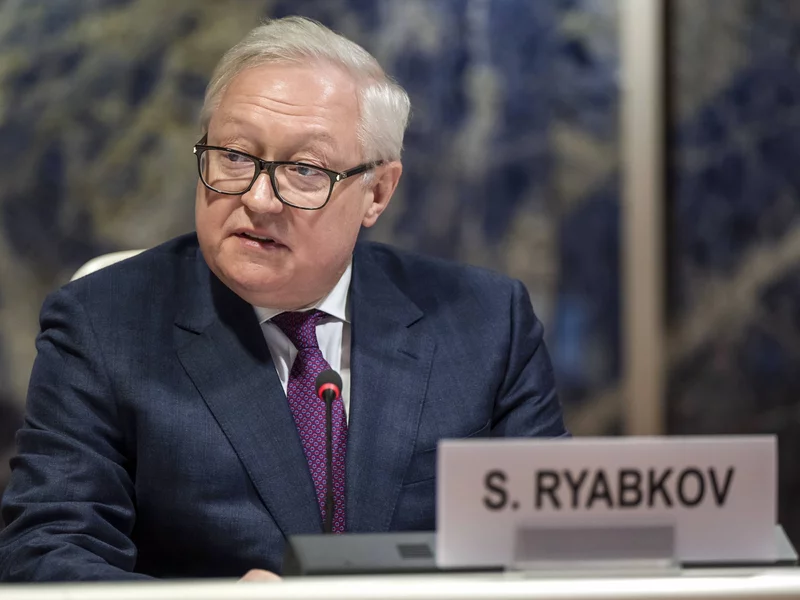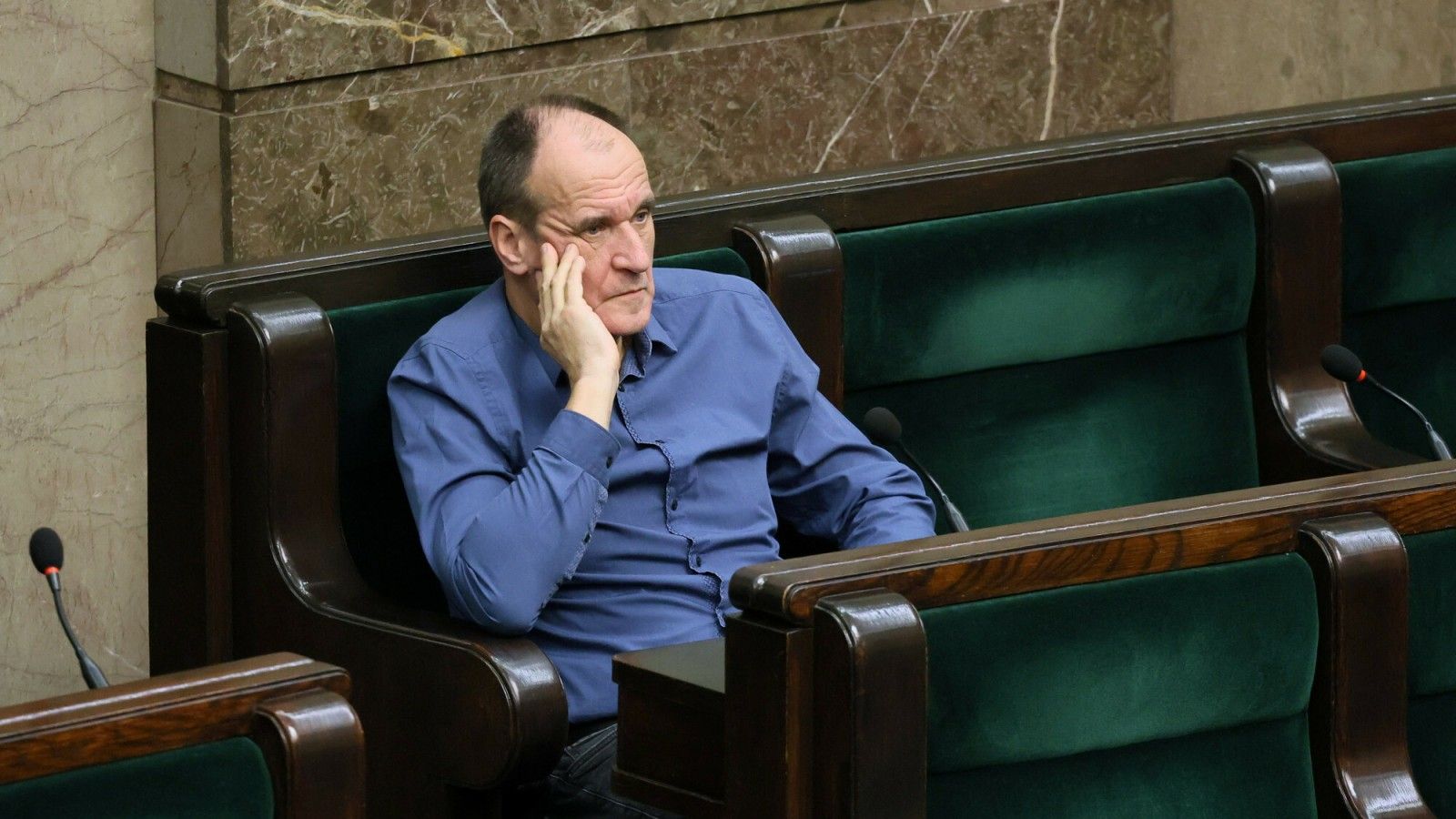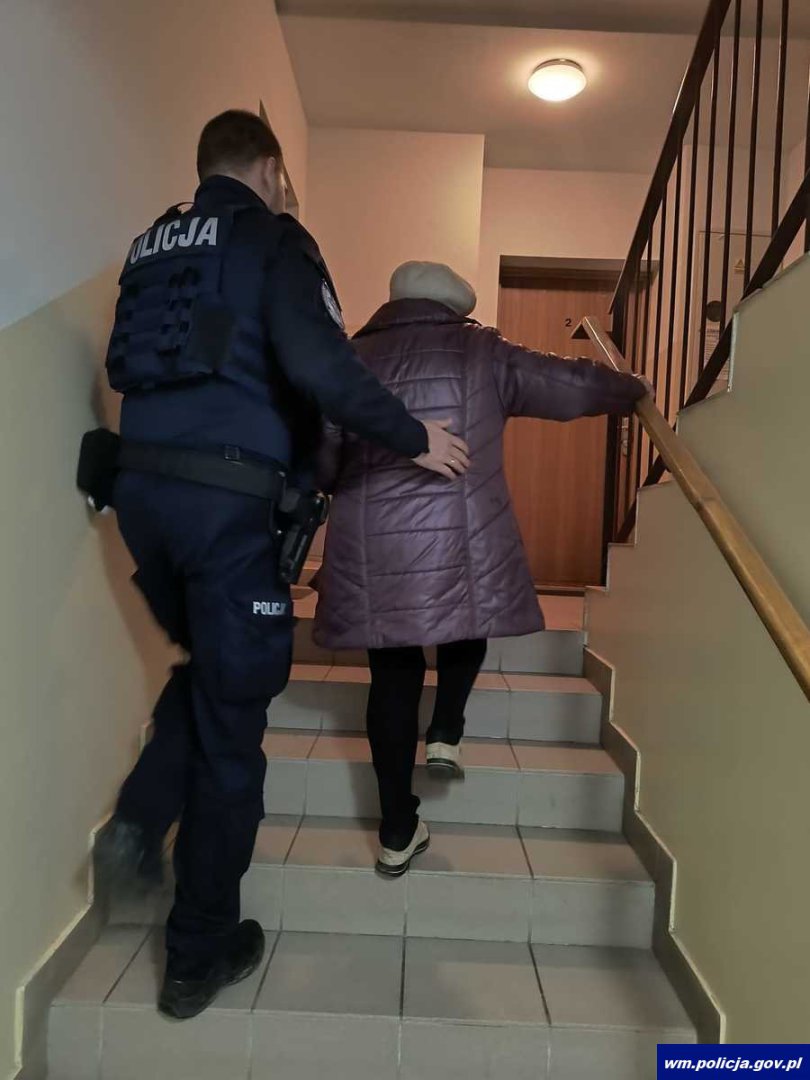The analysis of the demolition of Warsaw during the IIWŚ shows the number of 80%. However, demolition of demolition is not equal. The building can be destroyed to a greater or lesser extent.
The analysis powerfully disagrees with the photographs taken in 1945 by the airmen. For example, Jerusalem avenues or Krakow suburbs are shown as destroyed, although in pictures it is visible that most of their mass survived - it had mostly collapsed roofs.
In the case of the old town, it was rebuilt utilizing pre-war facades, and in the case of the PAST buildings, demolitions were carried out despite classification as only damaged.
The difference between the treatment of Old Town and the townhouses at PAST was not so much due to the classification itself (‘destroyed’ vs. ‘damaged’) as to the political and urban decisions already taken during the post-war reconstruction.

As early as August 1949, the Chief Council of Reconstruction of Warsaw (under the direction of Bohdan Pniewski and Jan Zachwatowicz) decided to reconstruct the full facades of Old Town according to pre-war inventory, treating it as a "living monument" of culture. Artists and craftsmen were active in the work, each brick and fragment of polychrome were accurately marked.

The motive was to "renew" not only the construction, but besides the spirit of the nation, which gave Old Town the position of an over-local investment.
The area of PAST lacked a conservation mandate. Green Street and neighbouring tenement houses were included in the precedence area of the Capital Reconstruction Office (BOS) as requiring areas "removal of architectural buffersch’ and the creation of communication routes.
Although many of the tenement houses were formally included in the category of "damaged", BOS considered them to be "little valuable" from the point of view of the new, socialist plan of Warsaw. As a result, full quarters were dismantled to get a uniform building and space for planned Marszałkowska or squares – making this area a ground for ideological "simplification" of architecture.

This situation stemmed from the guidelines of the central authorities of the Polish People's Republic, which favoured fresh forms and broad communication arteries, and at the same time did not grant that part of the Downtown the historical rank that Old Town gained.
The same is confirmed by aerial photos available on historical maps. It shows that most of the cubature was eliminated by communists, in order to build the Palace of Culture, Settlement behind the Iron Gate or another projects. Only the Getta area was actually empty.
When comparing war aerial photographs to the state of present (e.g. historical layers in Google Earth), it is clear that a crucial part of the pre-war construction outside the ghetto area was mostly "skeletal" in 1945 – with preserved walls and even fragments of roofs. Meanwhile, the large portions of empty quarters, which we observe present around Defilad Square or the Iron Gate area, are almost exclusively the result:
Post-war urban policy
– Since the late 1940s, the communists have planned large projects in this area: Palace of Culture and discipline (1952–1955), Marszałkowska Housing territory (MDM, 1950–1952) and the "Behind the Iron Gate" Settlement (60 years).
– Within them most of the walls and facades standing inactive in 1945 were demolished to obtain:
- rectangular, regular plots under superblocks,
- broad avenues (e.g. Marszałkowska rebuilt into two-way artery),
- monumental site assumptions (place Defilad),
- A uniform socrealist kind wash.
Separate statistic ‘80 % of damage’
- This value applied ONLY to the post-war state, before deciding on plan demolitions.
- Importantly, the 1945–46 reports besides included buildings which were rescued in the first renovation in the period 45–47 (falsely "damaged") even though they were later subject to demolition for fresh investments.
Getta division as an exception
In fact, after the Red Army entered (January 1945) there was practically no more construction (except for the church) – the full tenements were rubble, so the “recreation” consisted of reconstruction from the foundations. Hence, we are talking about the actual, almost complete clearing of this area by war, not by planners.
The scale of post-war demolitions
- More than 70 % of buildings were demolished in the area of the Northern Downtown (between Jerusalem Avenues and Central Station) from 1948 to 1965 (it was part of the modernisation policy of the BOS, not of the war destruction).
- Similarly, for MDM and Settlements Behind the Iron Gate, the demolitions covered almost the full quarters of 19th-century renters, which inactive had standing elevations on aerial photographs from 1945.
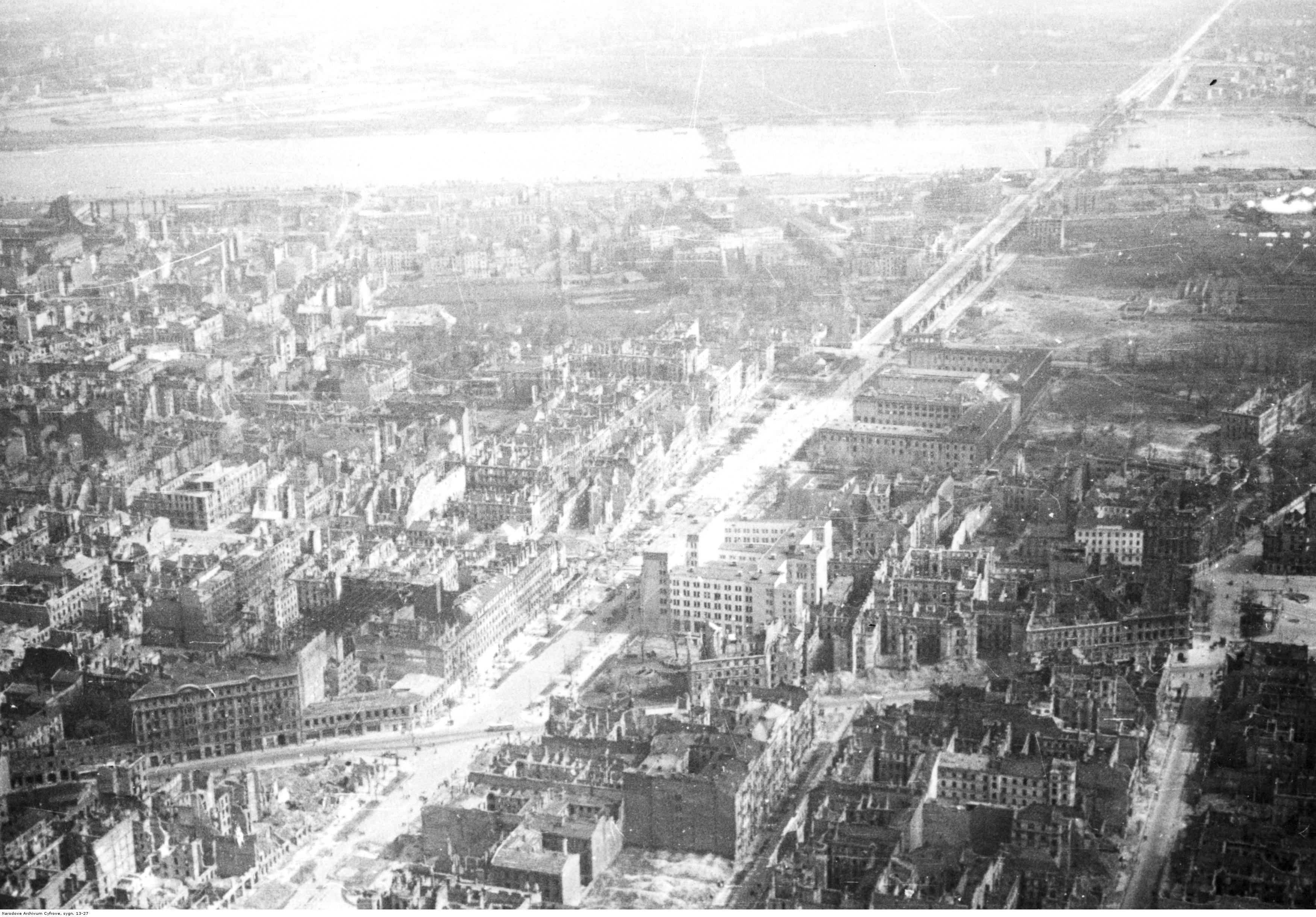
This mid-1945 aerial photograph shows the Aleje Jerozolimskie almost entirely with preserved pre-war facades of the tenement houses (despite ruined roofs and interiors). You can see clearly:
- It washes on both sides of the street — regular facade lines with entrances and cornices remembering 19th century construction.
- The intersection with Marszałkowska (in the lower left corner of the frame) — cornered buildings standing originally up to the edge of the sidewalk.
- There are no socialist blocks — the area between Avenues and Defilad Square is inactive full of prewar rents.
Meanwhile, as early as 1948–52, all these facades were demolished. In this way, the last "skeletal" building, replaced by monumental, uniform blocks in the socreal style, disappeared.

These next photographs from the Archives of Mechanical Documentation confirm that just after the war the buildings had inactive standing facades and fragments of the skeleton of walls – frequently the full wash. You can see:
- Regular facade lines along the streets (Bracka, Ordynican and adjacent), despite ruined roofs and interiors.
- The urban layout preserved on the property – the houses stood on their plots, the streets were set up before reconstruction.
- Large format demolitions – only in the second half of the 1940s and early 50s were carried out in empty quarters to make area for fresh communication axes and socialist blocks.
This shows that – although the war caused serious wounds to buildings (breaking their ceilings, roofs and equipment) – the structures of the bearing and elevations survived to a large extent. Therefore, the final form of the post-war Śródmieście was not due to the necessity of “rebuilding from scratch” as a consequence of the political-urbanist decision to modernise: demolish these “skeletal” remains and replace them with monumental realizations of the social realism period.
The accident of the Teatr Wielki its massive walls and the cubatura did their work: after the war (the 1945 photographs) almost the full block of the building stood intact, only part of the roof and advanced ceilings collapsed.
What's the harm inside?
– Roof and attic – burnt bond and broken cover.
– Burning phase and audience – failure of equipment, decorations, theatre installations.
However, the key exterior walls and foundations remained so massive that repair and maintenance work (reinforcement of ceilings, fresh roof coverings) was sufficient, alternatively than rebuilding “from scratch”.

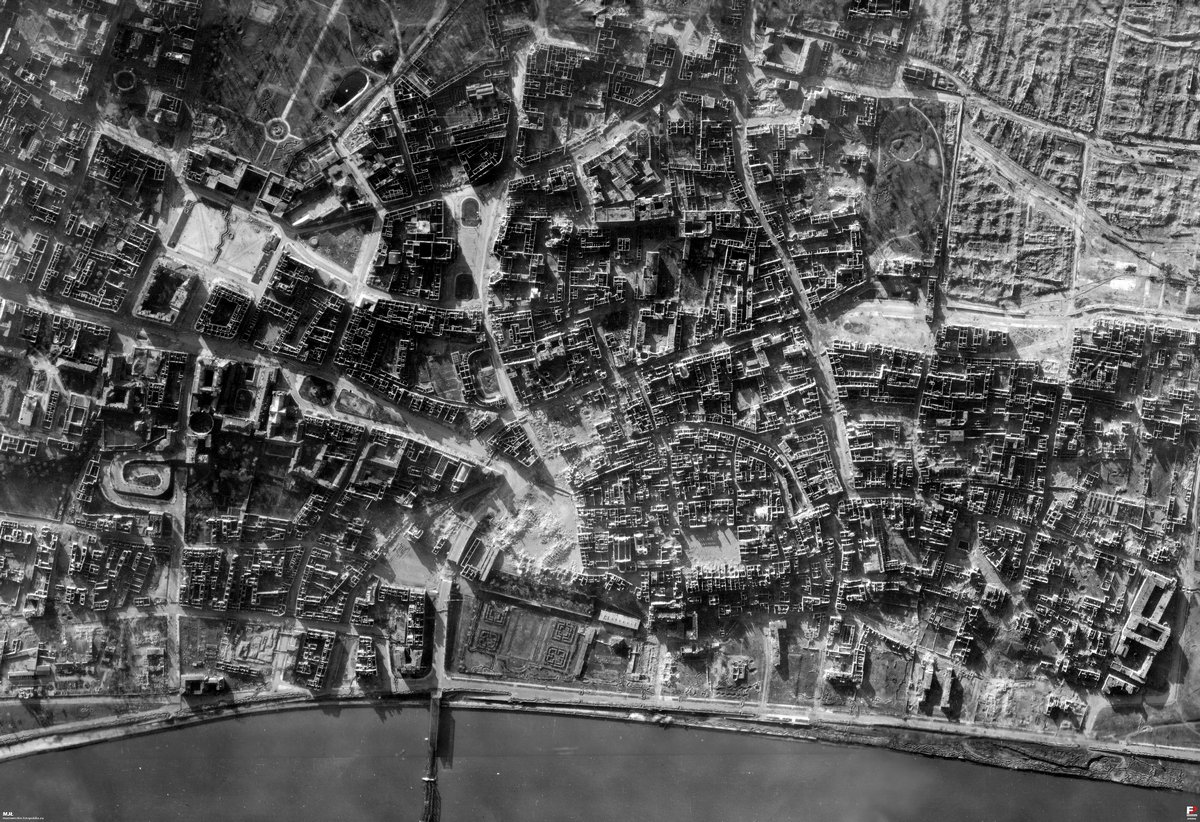
Here's another set of pictures. We can see very well that despite the collapsed roofs, Warsaw was not demolished to the ground, and many objects were rapidly rebuilt despite being defined as destroyed, as you can see in fresh Town or Krakowskie Przedmieście. Despite this, pictures are frequently circulating on the Internet, which show the destroyed ghetto and claim that this is what all Warsaw looked like, frequently showing photos from the times of the Ghetto Uprising and claiming that they came from the Warsaw Uprising. Even the movie "City of Ruin" has only shown Old Town and Muranów, completely bypassing the fresh planet or confederate Downtown.
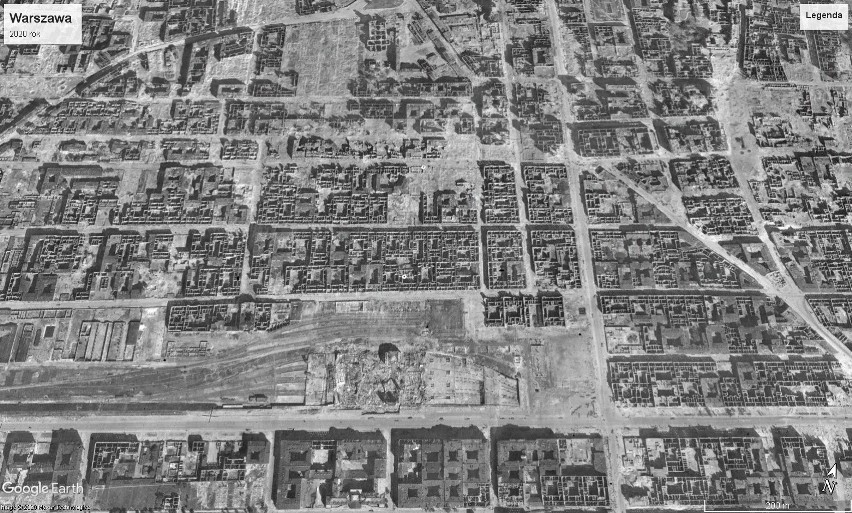
What is circulating on the net present as “a image of a completely demolished Warsaw” is mostly photographs from the Ghetto (1943) or a frame from occasional shots of the Old Town and Muranov just after the Uprising (October ’44). Meanwhile:
Ghetto 1943 vs the remainder of the city
– Germany, in the course of the suppression of the Ghetto Uprising (April–May 1943), simply levelled all building with the ground — the consequence was an absolute desert of rubble, but for a church with thick neo-Gothic walls
– specified photos (e.g. from the works of SS–Baucataillon “Brandenburg”) are highly drastic, but mention ONLY to the ghetto area, not to the full Warsaw.
Warsaw after the fall of the Uprising (October 1944)
– Germany, though during the last weeks of the Uprising heavy bombed and shelled the full Midtown, but they did not have the time or strength to teardrop everything down to the foundations.
– As a result, many tenement houses retained the facades and layout of the parks, although the roofs and interiors were destroyed. The 1945 photographs show just this "skeletal" state: standing walls and elevations, although the excess debris lies in the buildings and basements.
Selective communicative in the media
- The movie "City of Ruin", which revolves around, focused almost exclusively on the Old Town and Murans due to the fact that they are the most symbolic images of full defeat. another districts ("New World", "Southtown") were omitted due to the fact that there the ruins were little spectacular.
- In turn, photographs from the Ghetto Uprising (1943) are frequently inserted as “proof” of the full demolition of Warsaw after 1944, which is simply a clear mistake of chronology
Conclusion: only post-war urban decisions (destructions under PKiN, MDM, Iron Gate) removed these remnants to make area for socialist communist assumptions.

